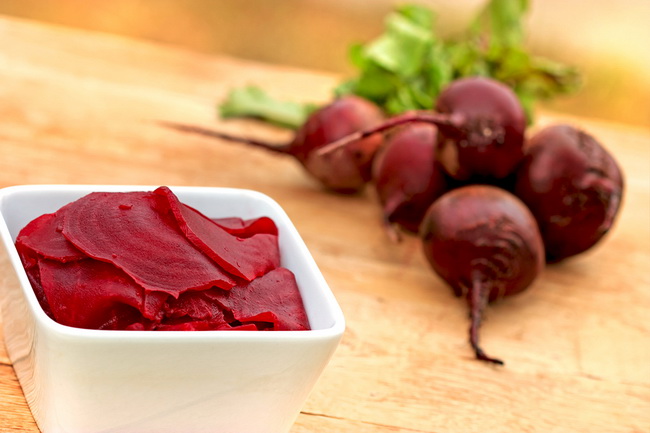- Make It Yourself Lavender Heart-Shaped Bath Bombs!
- 20 Things You Never Knew About “Down There”
- 12 Best Foods For Those Suffering From Arthritis Pain
- 12 Personal Hygiene Mistakes Almost Everyone Makes (Mom Never Told You About #4!)
- 15 Medicinal Plants And Herbs From The Cherokee People
- 12 Mind-Blowing Benefits Of Drinking Coconut Water During Pregnancy
- 12 Outstanding Winter Foods That Won’t Fatten You Up Like A Christmas Turkey
Why You Should be Eating More of This One Overlooked Vegetable

Photo credit: bigstock.com
8. Test Your Stomach Acid Level
Seriously! Try eating one or two beets a day (or juice one or two beets) for a few days and then check the color of your pee. If your pee is pink, you have a low level of acid in your stomach and should probably consider taking probiotics or other herbs that will increase bile. If your pee is still light yellow or clear, your digestive system is in the clear. Nutritionists often use beet juice to test stomach acid levels.
9. Improve Your Stamina
If you are exhausted at the end of your workout, you might want to consider drinking some beet juice. Studies show that those who drank beet juice before exercise were able to continue exercising for as much as 16 percent longer than those who did not consume the juice. This is due to the nitrates in the beet juice changing into nitric oxide.
SEE ALSO: Top Health Benefits of Carrots
10. Don’t Forget the Greens
If you have been eating beets but have been lopping off the greens, stop! Those green tops are perhaps the healthiest part of the whole vegetable! Beet greens are loaded with potassium, copper, zinc, fiber, B6, magnesium, protein, phosphorus, manganese, calcium, iron, and vitamins A and C! Spinach has nothing on beet greens, as those green tops have more iron than Popeye’s spinach and actually have a higher nutritional value than the beetroot itself! In fact, studies show that eating beet greens can help fight Alzheimer’s disease, improving bone strength and possibly helping you avoid osteoporosis, and they can strengthen your immune system though the stimulation of antibodies and production of white blood cells. You can eat beet greens raw and add them to a salad, just as you would spinach, or sauté them lightly.
As you can see, you simply can’t go wrong by eating beets and the green tops. There are very few other foods that have so much to offer. Give these delicious veggies a try!
References:































